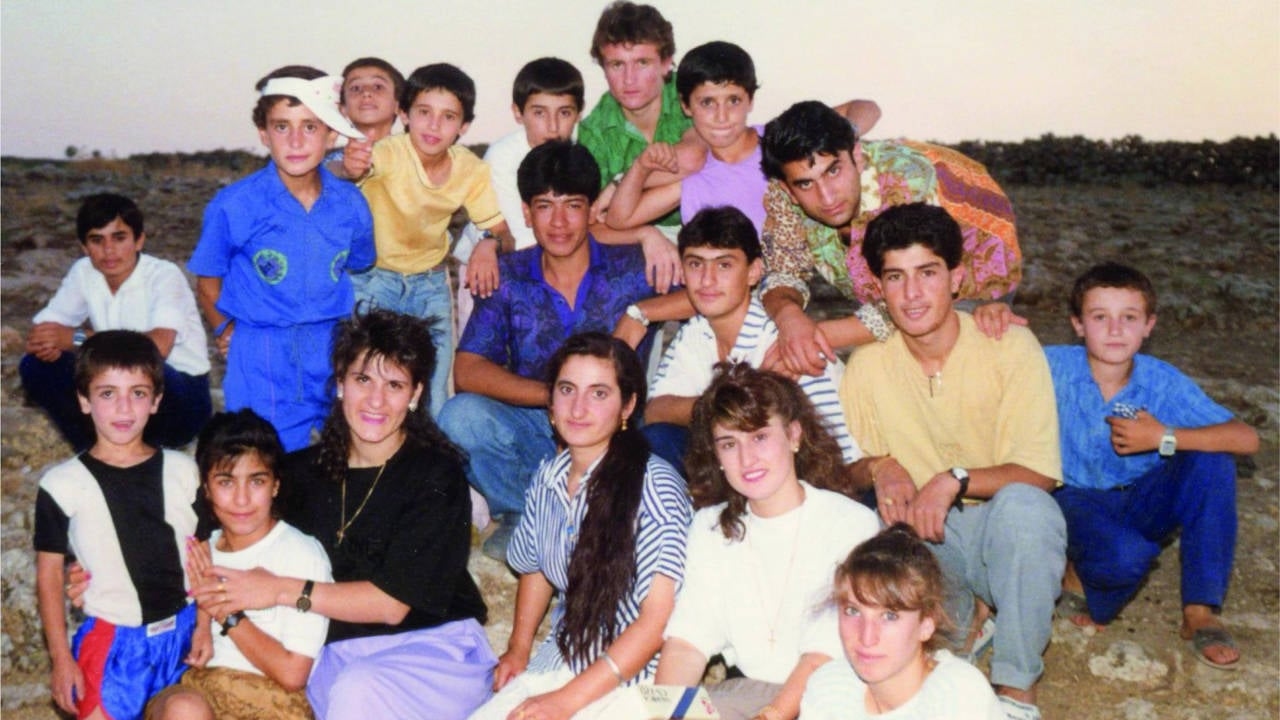The burdens of the past in the photo frame

Deniz Burak FLAG
The main themes of the 18th Istanbul Biennial, announced by biennial curator Christine Tohmé, were "fragility, self-preservation, and future visions." As part of the biennial's parallel events, a film screening was held at the Yeşilköy Mor Efrem Syriac Ancient Church as part of the "FragileAN" project organized by the Association for the Protection of Cultural Heritage (KMKD). This film, in line with the biennial, focuses on issues such as migration , belonging, and trauma.
The film is called "EnstANtane," and its story is the painful reality these lands have endured for centuries. As the title suggests, "EnstANtane" depicts the international migration and disunity of the Assyrian community through a photograph that appears to be a moment from childhood. The film depicts 18 children who grew up together in a village years ago, leaving their village for various reasons, their dispersal across Europe, and their subsequent encounter with each other. The moment in the photograph, seemingly insignificant at the time, becomes a symbol of social trauma, loss, and individual fragility over time.
A PHOTO FRAMEDirector Hakan Aytekin decided to make the documentary after seeing an old photo posted on Facebook. The team reached out to Ferit Sağ, who shared the photo, taken nearly forty years ago in İdil, then part of Mardin , and showing eighteen Assyrians, mostly children. With his help, they located others who had been dispersed across Europe. The two-and-a-half-year filming process, facilitated by producer Özcan Geçer, combines the fragility of the past and the political weight of migration with individual narratives.
The film demonstrates that migration is more than just a displacement; it reveals how belonging, identity, and social bonds are shattered, and how memories carried a weight over time. The traumas and adverse experiences experienced by Assyrians point to a historical truth that is often forgotten. EnstANtane, a collaboration between Aytekin and Geçer, embodies this silent and painful story through the memories of its witnesses, effectively burdening the audience with the political burdens of the past.
EnstANtane doesn't just tell a migration story; it reveals a society's memory, its losses, and its vulnerabilities. The film reminds the audience that forgotten and hidden pain can be made visible, and that a single photograph can become a tool for both personal and social reckoning years later. As a work with a powerful political context and profound emotional impact, it succeeds in bringing the experiences of the Assyrians into the collective memory.
BirGün







